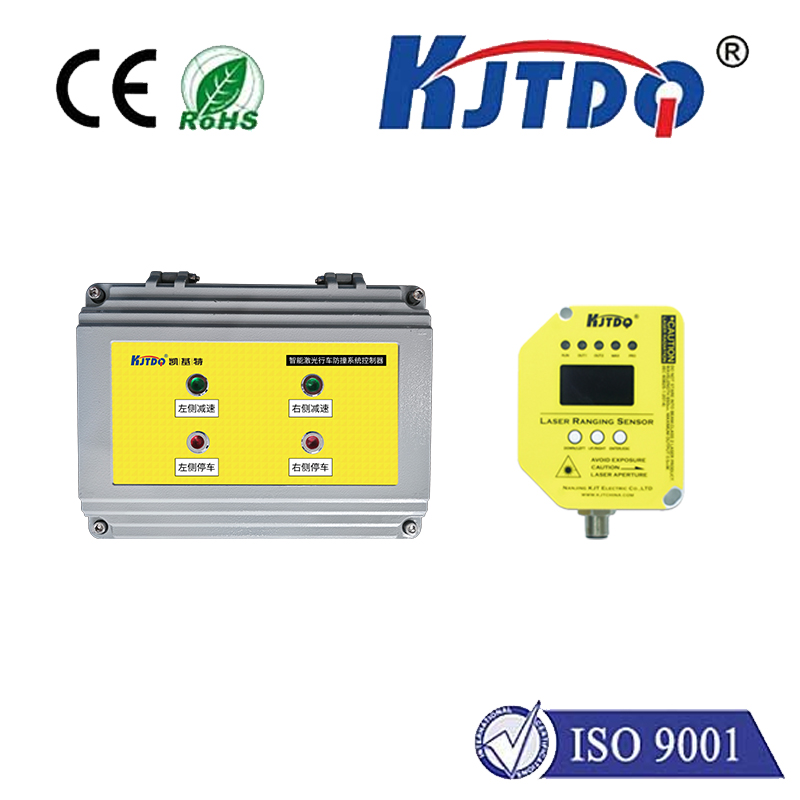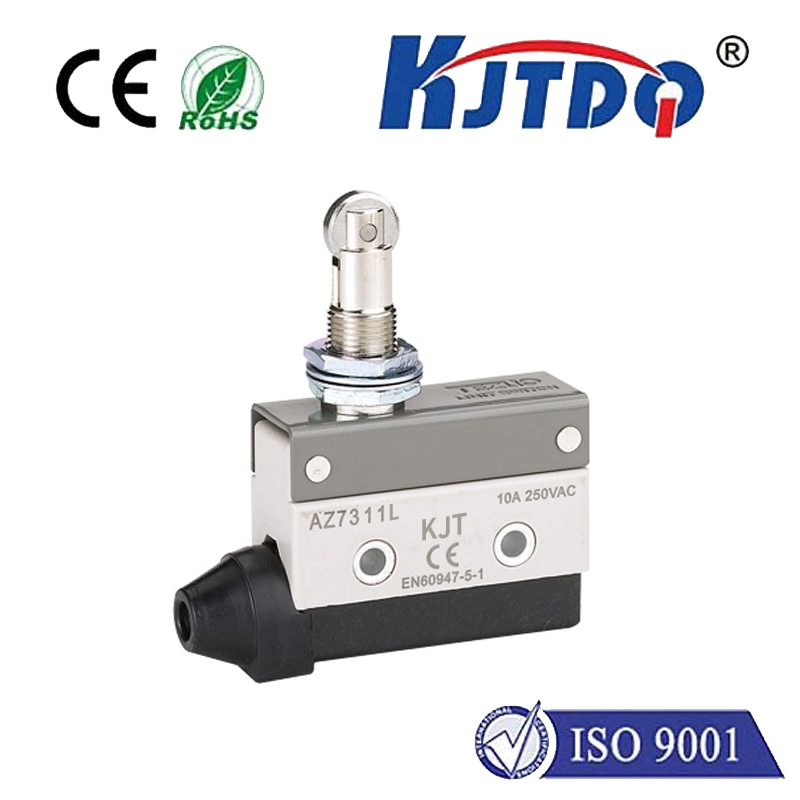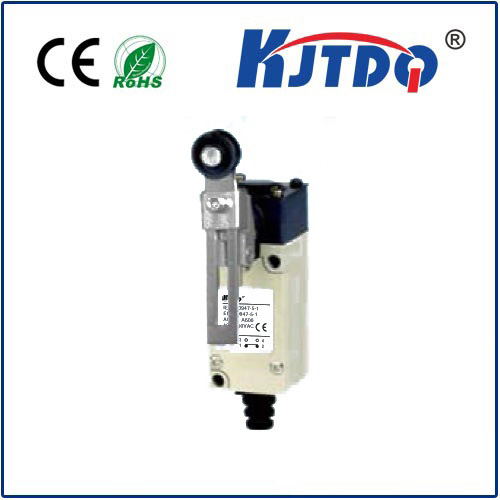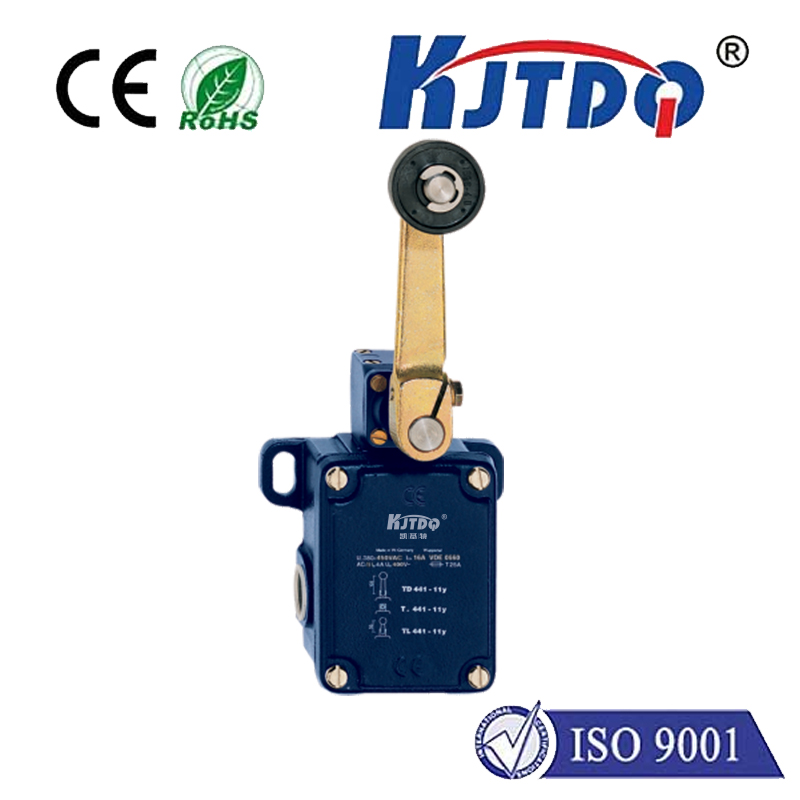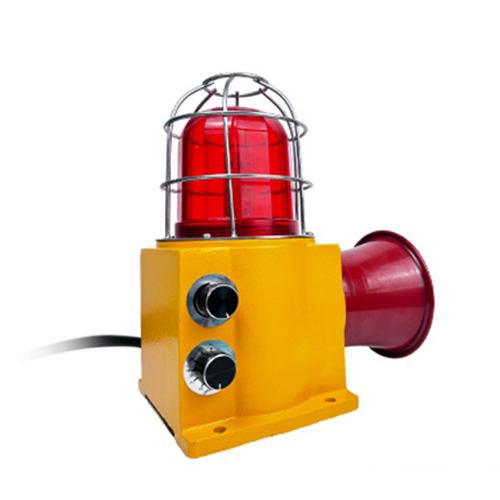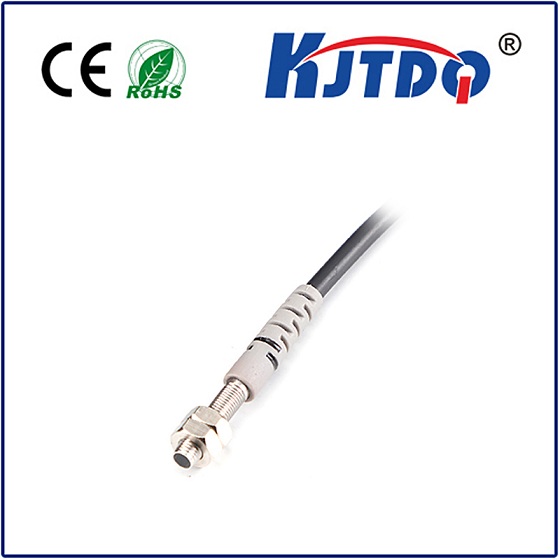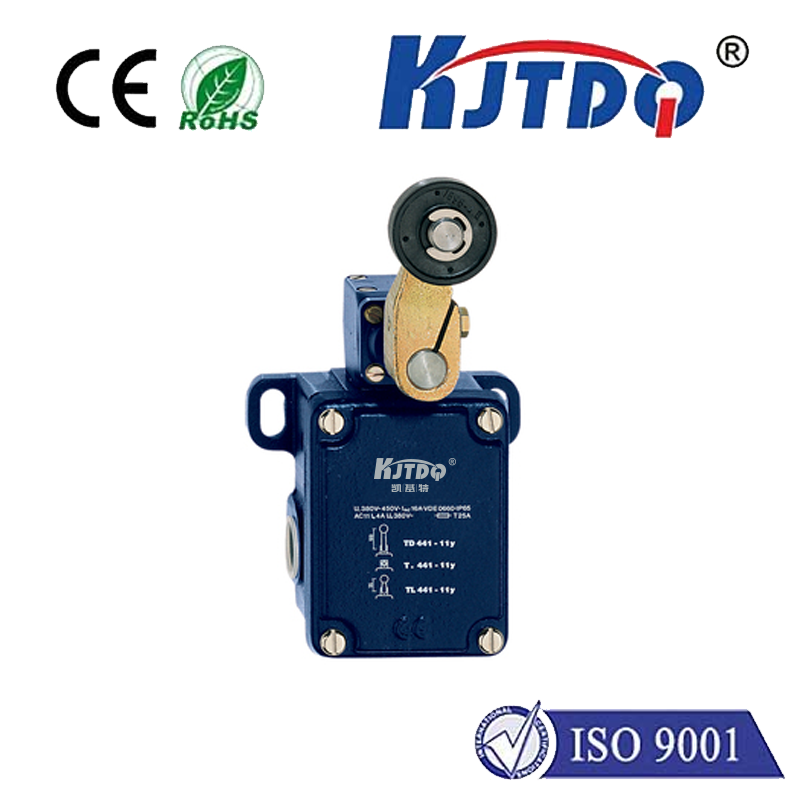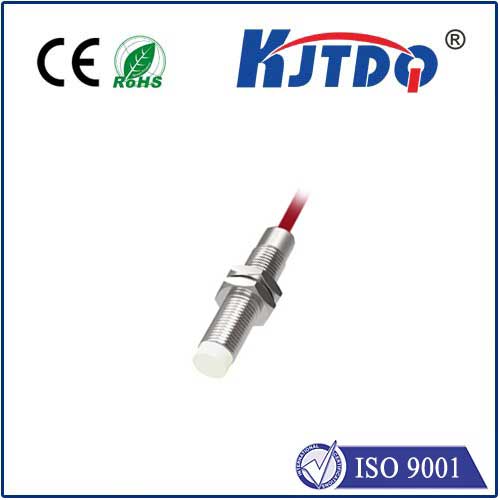Imagine your furnace working overtime on the coldest night of the year. The heat exchanger glows, transferring warmth to your home. But what happens if something goes wrong? Without a critical safeguard, that intense heat could become a dangerous hazard. Enter the Вентилятор и ограничительный переключатель – a small, often overlooked device that silently performs two vital roles: ensuring efficient operation and preventing catastrophic failure.
Far more than just a component, this dual-function switch acts as the central nervous system for your furnace’s blower and a crucial sentinel against overheating. Understanding its operation isn’t just technical knowledge; it’s key to appreciating how your heating system maintains comfort while prioritizing safety.
The Core Function: A Dual Role Perfected
True to its name, the fan and limit control switch performs two distinct, yet integrated, functions:
Fan Control (Circulator): This is the “fan” part of the switch. Its primary job is to regulate the operation of the fan blower. When the thermostat calls for heat, the burner ignites, heating the heat exchanger. The fan control portion delays the blower start. Why? To allow the heat exchanger to warm up sufficiently. Blowing cold air immediately wouldn’t be comfortable or efficient. Once the heat exchanger reaches a preset temperature (typically around 110-140°F / 43-60°C), the fan control circuit closes, turning on the blower to circulate warm air throughout your home. Crucially, it also keeps the blower running after the burner shuts off. This “fan-off delay” allows the blower to extract residual heat from the exchanger, boosting efficiency, and more importantly, cooling the heat exchanger down before the next cycle. This prevents heat buildup and protects components.

High-Limit Safety Control: This is the “limit” part, acting as an independent safety circuit. Its sole purpose is to guard against excessive temperatures that could warp the heat exchanger, create cracks (potentially leaking dangerous carbon monoxide), or even start a fire. It continuously monitors the temperature inside the furnace plenum (the chamber housing the heat exchanger). If the temperature climbs dangerously high (often set around 200°F / 93°C or higher, depending on the furnace) due to any malfunction – like restricted airflow from a dirty filter, blocked vents, a failing blower motor, or other issues – the high-limit switch circuit opens. This immediate action shuts down the burner, stopping heat production entirely. It’s a critical fail-safe. Importantly, the blower usually continues to run during this lockout to actively cool the system down. The burner will typically remain off until the system cools below a reset point (often lower than the trip point).
Why This Little Switch is a Big Deal
The significance of a properly functioning переключатель ограничения вентилятора cannot be overstated:
Recognizing When the Switch is the Problem
Several furnace symptoms can point towards a malfunctioning Вентилятор и ограничительный переключатель:
Maintenance and Important Considerations
While generally reliable, the переключатель ограничения вентилятора can fail or trip due to external factors:
The Silent Guardian
Though rarely seen or thought about, the Вентилятор и ограничительный переключатель works tirelessly behind the scenes. It masterfully coordinates the vital timing of the fan blower for efficiency and comfort, while simultaneously standing guard as the high-limit switch, ready to sacrifice system operation to prevent disaster. This dual role makes it an indispensable component in every gas furnace, ensuring your home stays warm safely and cost-effectively. Respecting its function and ensuring the conditions it relies on (primarily good airflow) are maintained is essential for a reliable and safe heating system.
